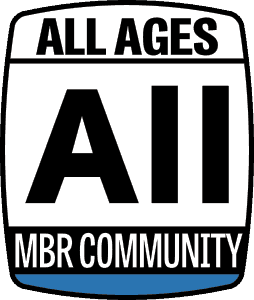Description
Fruitless overthinking gets you nowhere—but the RIGHT mind map takes you places.
From vivid images and cherished memories to immersive novels, graphics, and beyond, most of our thoughts, information, and experiences are stored in the brain as powerful visuals.
And while much of our life experiences are also based on touch, smell, and taste, it is easy to understand how sight dominates our reality.
In fact, a 2013 study by MIT neuroscientists found that we can process visual information at incredibly high speeds. Published in Attention, Perception, and Psychophysics, their team flashed a series of 6 to 12 images in the span of 13 and 80 milliseconds for their participants to view.
The fact that we have the capability to correctly identify a dozen images within a fraction of a second goes to show the human brain’s power to find and register concepts.
However, here’s the issue—while the brain has the remarkable capability to soak up visual concepts like a sponge, how would it convey what it sees?
After all, we will still need to express this information verbally.
But when we communicate, our words and visual information can clash, failing to deliver the same message. As a result, we have poor interactions, experience frequent misunderstandings, and end up frustrated.
So how do you get the mindful brain to align with the verbal message you’re sending?
Easy—you map it!
Very similar to following a physical map, mind mapping lets the brain be guided by an internal pattern that helps organize scattered thoughts, experiences, and responses.
With the right mind-mapping techniques on hand, everyone—from seasoned leaders to novice learners—can cleanse the brain chaos and create maximum focus, collaboration, and achievement!
These trusted mind-mapping approaches will unleash creativity, strengthen productivity, and supercharge communication—with your inner voice and with others.





Comments